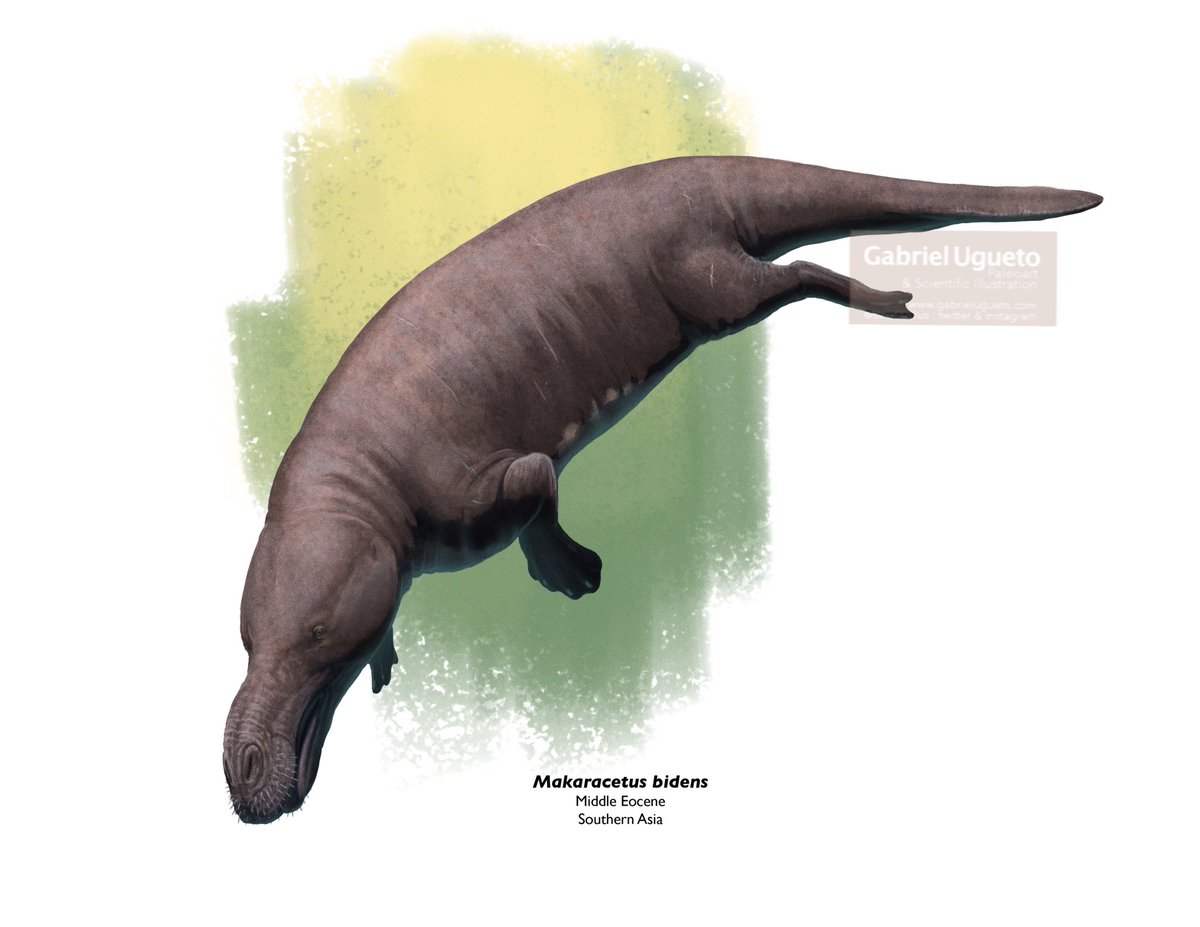
Travis Park
@blogozoic
Terrestrial tetrapod studying marine ones | ARC DECRA Fellow @MonashBiol @EvansEvoMorph | Associate Editor @JVP_vertpaleo | 🐋🐳🐬🦭 | Tweets mine | He/him
ID: 1076815890
https://travisparkpalaeo.com/ 10-01-2013 15:03:12
4,4K Tweet
1,1K Followers
1,1K Following


Amazing new deep-sea squid footage from the central Pacific. Deep-sea hooked squid Taningia danae with the huge bioluminescent photophores. 1000m deep, grabs lander during 58 m/min free fall Heather Stewart Deep Sea Research Centre #inkfishexplore
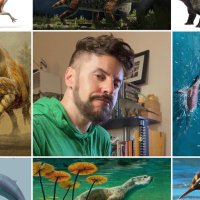

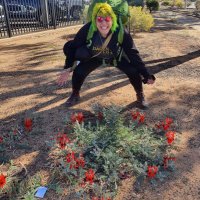



Don’t use scrappy specimens as holotypes! Check out our latest paper in PeerJ Publishing revising phocid taxonomy. Fun as always to work with @Palaeo_JRuleand @gustavoburin!

Kangaroo teeth grow forever – and keep a record of their owner’s age and sex. William Parker tells us all about it! theconversation.com/kangaroo-teeth… via The Conversation - Australia + New Zealand
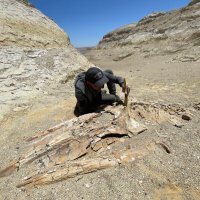
@secad2024 has been a wonderful experience for everyone around!!! Lots and lots of great scientists around. BUT THIS IS NOW OFFICIAL: We will be hosting #SECAD2027 at Museo de Historia Natural UNMSM in the city of Lima Peru! #FossilFriday



Meet Ontocetus posti 🦭 a new species of odobenines we described in a new study led by Mathieu Boisville based on material from the UK & Belgium 🇬🇧🇧🇪 Want to know more about this new fossil walrus? Here is a thread 🧵1/7. 🎨by @BranArtworks peerj.com/articles/17666/


So proud of this volume of the Journal of Royal Society Te Apārangi which I edited with Daniel Thomas and Jeff Robinson The volume highlights the diversity and importance of NZ fossils for our understanding of the evolution of life in our planet. apc01.safelinks.protection.outlook.com/?url=https%3A%…

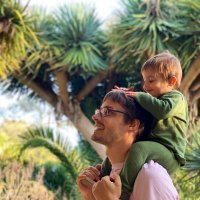
The chronospace R package is now published!! I hope it'll provide useful tools for visualizing and exploring sensitivity in estimates of divergence times. A really fun project with lifelong friend Millacarmonia besjournals.onlinelibrary.wiley.com/doi/10.1111/20…


How is the cetacean backbone patterned compared to terrestrial mammals? 🐋 Happy to share that we provide answers this question in the 1st publication of our #Back2Sea Marie Skłodowska-Curie Actions project with MCZ Paleontology and Katrina Jones! You can check the paper... 👇doi.org/10.1038/s41467…

SAVE THE DATE! Calling all Australasian Vertebrate Evolutionary Biologists, Palaeontologists and Systematists! The 19th CAVEPS Palaeo meeting will be held on Kaurna Land, Flinders University, Adelaide, Australia, November 24th - 30th, 2025. More info soon... Flinders Palaeontology


Cochlear analysis of Kekenodon onamata, a late Oligocene stem whale, suggests they specialised in low-frequency hearing, a trait of raptorial feeding in fossil whales. Low-frequency hearing may be characteristic of raptorial macrophagous fossil cetaceans Josh Corrie Travis Park

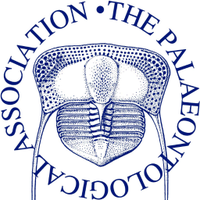
Insight into the evolution of toothed whales: redescription of Oligo-Miocene dolphin Squalodon grateloupii onlinelibrary.wiley.com/doi/full/10.10… Margot 🐢🏳️🌈 Nelson PhD #FossilFriday MorphoBank @[email protected] Wiley Earth and Space Science



